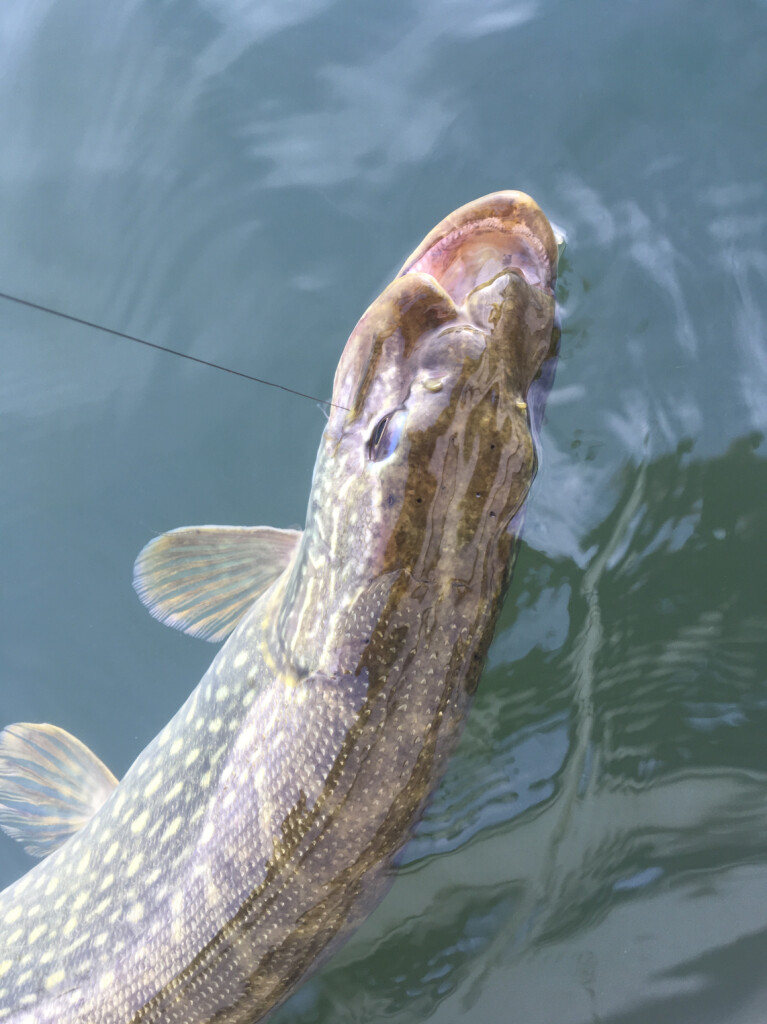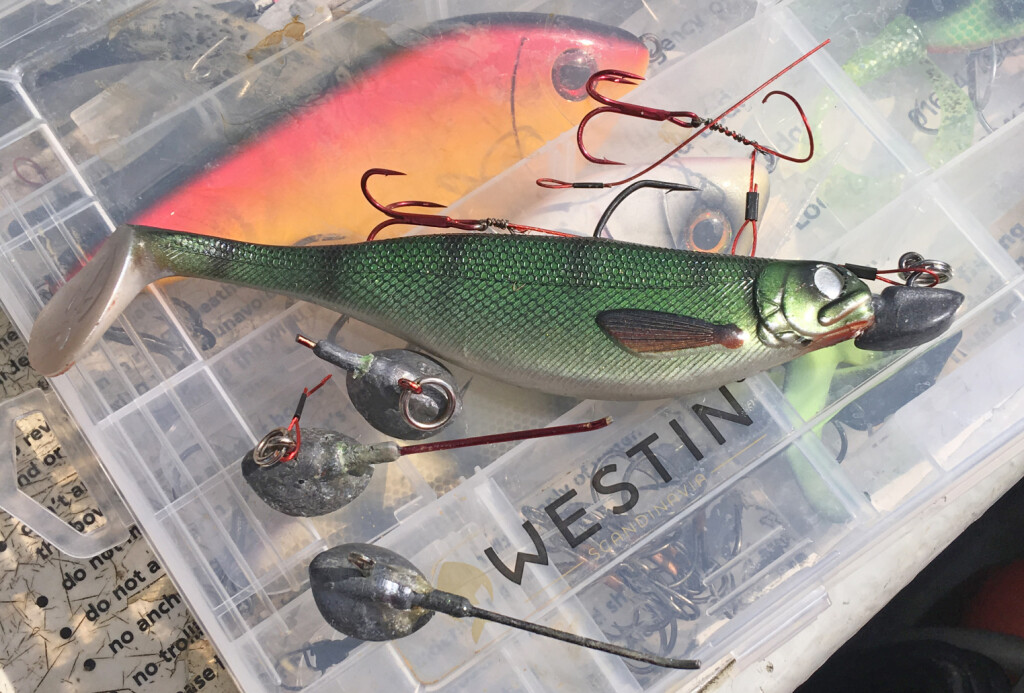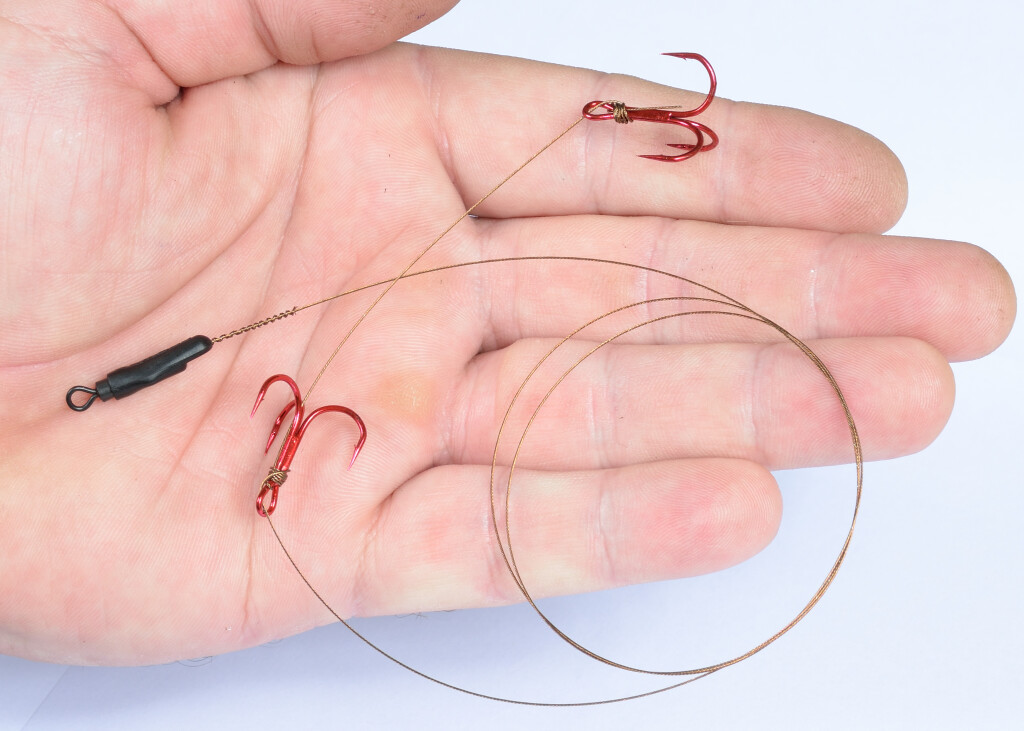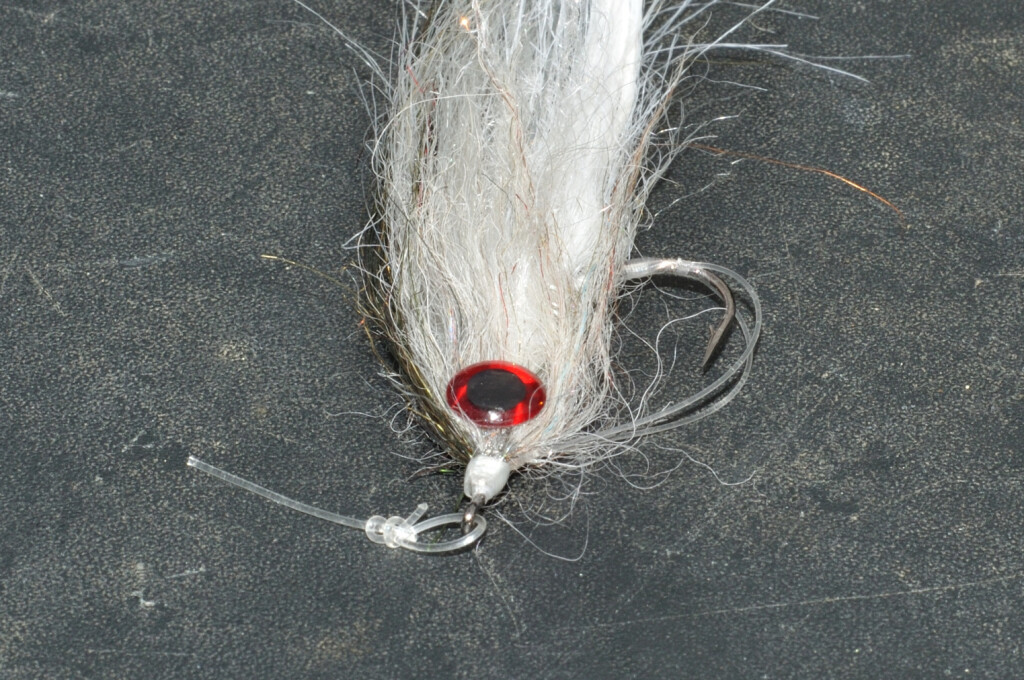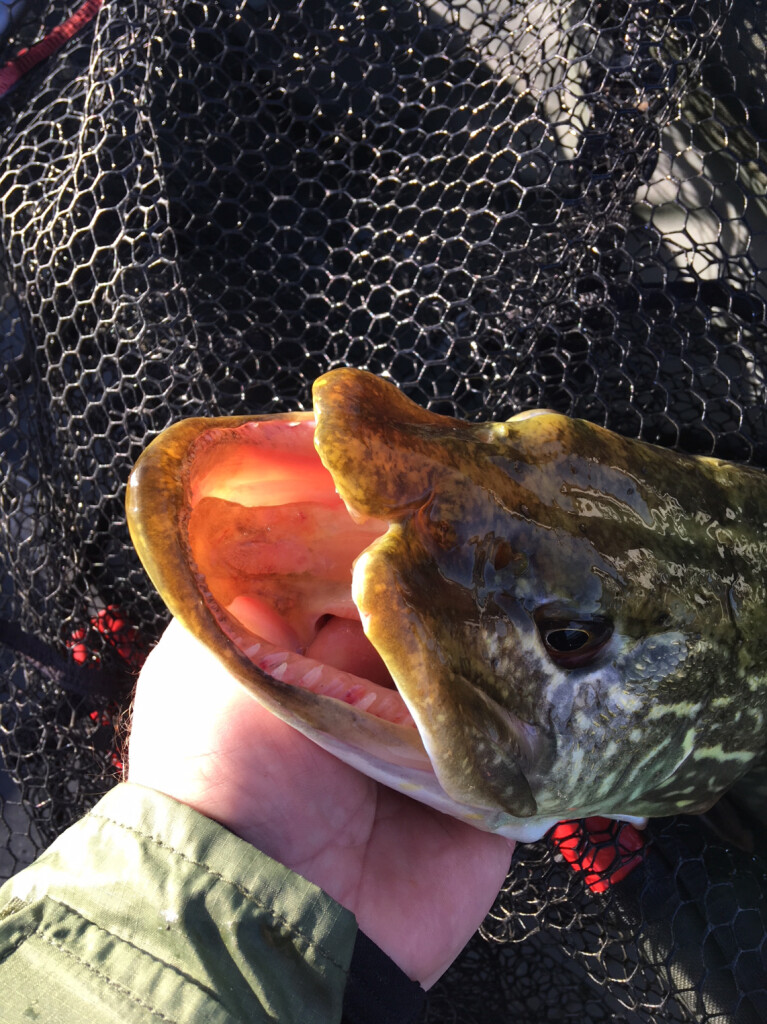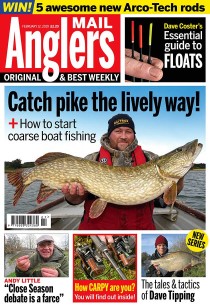Pike damage
Fishing for pike isn’t good for them, there is no way to fish for them without a degree of risk to the fish. We strive to minimise any damage to our precious fish, we strike early, use unhooking mats, and retaining slings, but there are some practices, and even rules, in place on some waters that are questionable.
Barbless hooks;
A lot of waters have the stipulation of barbless hooks, which on the face of it sounds good, as surely barbless hooks make unhooking easy and hence reduce any angler damage to the fish. Well to a certain degree this is true with bait traces, it is important to have a barbless or semi- barbed treble as the lower hook – as this is the hook that is most likely to get caught in the fish’s throat if it swallows the bait. A barbless hook in this situation is easy to turn, by going through the gills, and remove. The truth of the matter is it really doesn’t matter if the hooks are barbed or barbless if you have the right unhooking tools, and what is essential is a pair of side cutters. With side cutters you simply invert the hook and cut the points and barbs off, and the hook comes out without any of the pushing or pulling associated with a deep-hooked fish.
However, the barbless hook rule will also translate to lures, where, contrary to popular belief, it causes more harm than good. When a fish grabs the lure and the angler strikes the hooks home, the instinct from the fish is to shake its head – with the weight of the lure this can mean barbless hooks becoming dislodged and re-penetrate the fish. This is especially true on larger lures with bigger hooks, and presents a bigger problem – when one treble is on the outside of the mouth, during the fight with a barbless hook this hook will flap around and continually catch the fish, sometimes this can cause damage to the eyes. With barbed hooks the hooks stay in and you don’t get this “pin cushion” effect.
Barbless hooks are usually portrayed as the best all round fit for fish welfare, however this is usually put forward by less competent anglers who struggle with standard unhooking of fish. With the correct tools and the correct experience any hook is a safe hook, with barbed hooks being arguably more so, as they are less likely to slip.
The only other benefit of barbless hooks is where you don’t have any “quality control” on the anglers and the equipment they are using. The old argument of what if you snap off and leave a baited trace out there? Well you shouldn’t be snapping off in the first place with the correct gear!
Singles?
Possibly the safest method is the new craze of single-hook fishing while using deadbaits, as hooking is so ineffective that the bait is pulled from the pike’s mouth without any damage as it never gets hooked in the first place!
The only problem with single-hook rules is that, because of the hooking inefficiency, it leads anglers to leave runs longer than should be, this increases the risk of deep-hooking, and with single hooks this can be very dangerous as they have a bigger gape – which means if swallowed by the fish they have a greater risk of penetrating the fish’s vital organs which are near the back of the throat.
Traces
There has been a trend over the last couple of years of using fluorocarbon instead of the traditional wire for pike fishing. While it could be argued that in the correct breaking strain, or rather thickness, it is practically pike-proof. The issue comes when anglers mistakenly use incorrect material such as fluorocarbon mixes or even heavy mono, or they use it in far too low a diameter which equates to bite-offs! So, for pike fishing it is far more sensible to use wire.
Because of the risk of bite-offs a lot of waters have imposed a wire-only rule which is sensible for pike angling, but what about if you are targeting perch or zander? The truth is when targeting these species, you are likely to be using smaller lures, and if you are doing it correctly you avoid pike anyway.
To play devil’s advocate – if fluorocarbon bite-offs are as prevalent as are portrayed then there must be lots of pike out there with lures in them, and I have never caught a pike with a lure in it – which means that pike must be good at getting rid of all these bitten-off lures. Certainly, pike are used to having spiky things in their mouths at some point i.e. perch, and sometimes these must stick in before they shake their head enough to get rid of them. In fact, I have only ever taken one “lure” out of a pike and that was a fly attached to fluorocarbon – I suspect this was hard for the pike to get rid of as they don’t have the characteristic “weight” of lures.
It could even be argued that the exaggerated playing time of a large pike on soft perch rods cause the fish more stress damage than if it was to bite off a lure in the first place. I think this is especially true for deep water or summer-caught fish. I’ve seen quite a few pike struggle to go back, or pop-up dead after prolonged fights on light tackle, so there needs to be a good rationale for using it. If you are playing any pike for more than 10 mins then something is very wrong in the method you are using.
Emerging threats!
Unfortunately, lately I have had a few pike with very unusual jaw damage, which I expect can only be caused by Boga Grips. These types of devices have no place in modern angling, but I have seen a few anglers starting to carry them. I assume it is for the ease of holding and weighing the fish, but looking at the damage they can cause it is simply not worth it.
Essential Equipment!
Side cutters / Bolt cutters
If you go fishing for pike you need to at least have some side cutters, if you don’t you are putting the fish at risk. Even when bait fishing sometimes you will get a hook somewhere that is difficult to remove, it could be in the throat or in the gill raker. With a hook in these areas significant damage can be made pulling and pushing to try and get it out with forceps or pliers, where a quick snip on the bend of the hook will release it. You can then go in and get the point out, with very little damage to the fish. I nearly always cut the hooks on bigger jigs as once the main hook is gone the it aids the removal of the stinger.
